School kid to ISIS terrorist: How Aussie ‘Mother’s Day Bomb Plotter’ was freed
As a Melbourne teenager, dubbed the “Mother’s Day Bomb Plotter”, he was recruited by Islamic State. He’s one of many kids being lured under the radar of terror watch lists. See how.
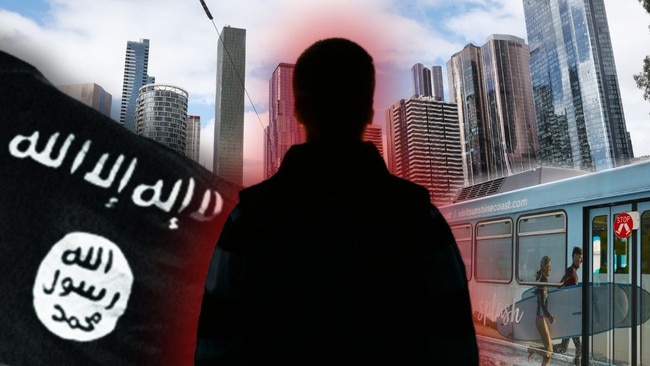
True Crime
Don't miss out on the headlines from True Crime. Followed categories will be added to My News.
In an undisclosed Victorian prison, a teenager who planned to detonate a bomb in Melbourne a decade ago has been released without fanfare, or at least, is about to be.
His name is legally suppressed and has been since the 17-year-old was arrested by heavily-armed police in black swooping on his home in 2015.
The closest the public came to knowing the identity of the boy who planned to “kill and maim” innocent people was an obscured photograph of him sitting on the ground outside his home in Melbourne’s north in handcuffs.
In legal records he is known by his pseudonym – “MHK”.
But he was dubbed the “Mother’s Day Bomb Plotter” over his plans to detonate a homemade improvised explosive device filled with match-heads and nails on or about that date.
On the day after his arrest, a colleague and I met MHK’s sister and extended family.
They were every bit the immigration success story – educated, well-off, and moderate in their religious beliefs.
To them, MHK’s devout turn to Islam had been surprising, but not concerning.
The previous 24-hours had changed all that.
His radicalisation had been swift. And his arrest was timely.
MHK was the target of Operation Amberd – jointly investigated by the Australian Federal Police and Victoria Police after a tip-off to the National Security Hotline.
Ramzi Elsayed, formerly of the Islamic Council of Victoria, met with MHK as he faced the possibility of life in prison.
Elsayed’s role was simple.
“There was an opportunity to basically balance his views,” he said.
MHK’s deradicalisation, Elsayed said, was as rapid as his radicalisation.
His story was similar to others aged in their teens driven to fanaticism by someone they have never met.
MHK had been upset at school rules banning him from growing a beard, became withdrawn and immersed himself in self-taught religious zealotry.
His Facebook page was filled with propaganda including photographs depicting dead Syrian babies.
His immersion into Islamic State’s online networks left him ripe for recruitment by its most senior English speaking figure, Junaid Hussain.
Hussain, a notorious British Jihadist who would be killed in a drone strike within a year, had instructed MHK to become a suicide bomber.
In over 30 sessions of “deep discussions” at Parkville Juvenile Detention Centre, Elsayed, along with teachers and social workers, counselled MHK as he detailed his pathway from schoolkid to terrorist.
“Why would a 17-year-old want to kill at all?” Elsayed told the Herald Sun.
“When you’re a kid, you’re young and foolish.”
“We intervened pre-trial … it was a good outcome with him.”
The “embarrassed” and “ashamed” MHK in 2016 pleaded guilty to plotting a terror attack when he faced court, warning others considering joining Islamic State they’d be “wasting their life”.
He was ultimately sentenced to 11 years in prison, with a minimum of eight years, along with a recommendation from the judge that most of his time should be spent in a youth justice centre.
Little is known about his progress or release since his conviction in 2016.
Back then, MHK was one of about 400 extremists on Australia’s terror watch-list.
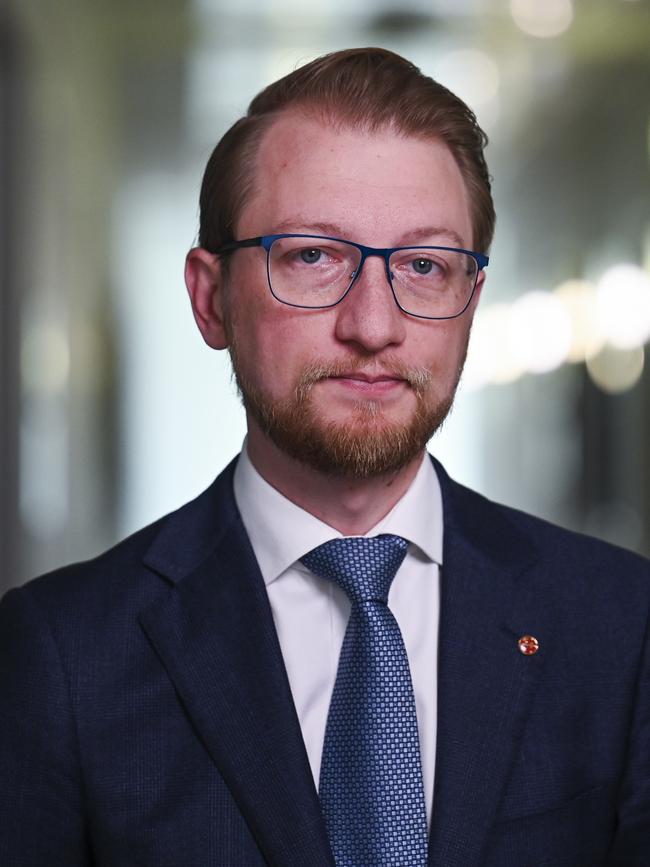
Liberal Senator James Paterson, who chaired the Parliamentary Joint Committee on Intelligence and Security, said the numbers were growing.
“Young people are increasingly getting caught up in these ideologies,” he said.
“There are people with a mixed bag of grievances who are looking for purpose, looking for meaning, looking for belonging.
“And (they) may have violent tendencies personally due to mental health or for other reasons.
“And either way, they’re looking for a framework to justify their anger or their violence towards the world.
“And it is increasingly young.
“It is 13 and 14-year-olds who are kind of entering into this pathway of self-radicalisation online, and they do have the capacity to do real harm.”
Senator Paterson said children aged as young as 10 were engaged with extremist content.
“I believe there are some cases even that young, not who have obviously carried out any acts of violence, but certainly people that young who have been self-radicalising online and contemplating acts of violence.”
Although Senator Paterson said there were mixed reviews on the effectiveness of deradicalisation programs, he said only those motivated to change, could.
“We have to try with it. And some people do swear that it can be successful,’’ he said.
“But others say that if someone has these kind of violent tendencies and ideology, unless they themselves genuinely in a self-motivated way walk away from that ideology, that no external input can cure them, and that is why we have a post-sentence terrorism order regime.”
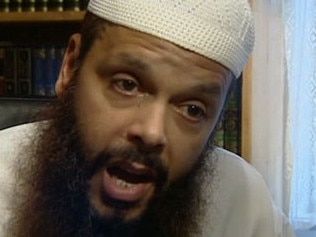
In 2023, a court ordered the prison release of Australia’s most infamous convicted terrorist, Abdul Nacer Benbrika, despite the Commonwealth’s objection.
Benbrika, who was one of 17 men arrested as the “spiritual leader” of a Melbourne-Sydney homegrown terror cell in 2005, remained in prison for three years after his sentence expired on a Commonwealth extended detention order.
Since his release, Benbrika has had his extended supervision order relaxed despite still holding extremist beliefs.
“I’m troubled by that,” Senator Paterson said.
“He’s one of Australia’s most serious ever convicted terrorists. We know he was plotting very serious terrorist attacks, if they were carried out, would have been utterly devastating and unheard of in Australian history.”
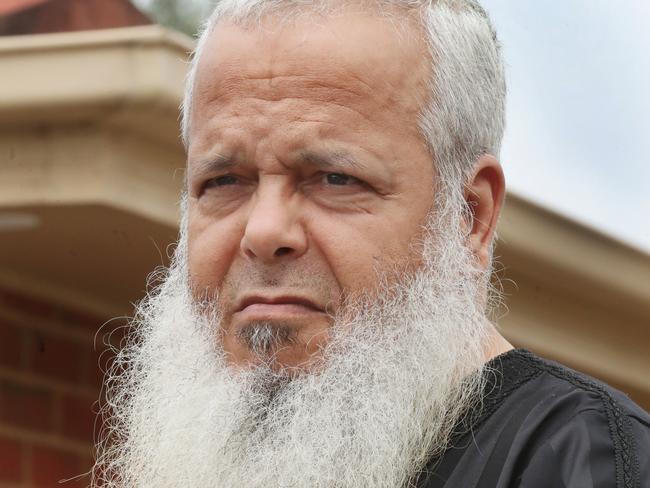
The protracted court fight over his release, opposed by the Commonwealth, ended with Benbrika returning to his family in Dallas, in Melbourne’s outer north.
“He was granted continuing detention orders initially, and extended supervision orders initially, but those restrictions are now relaxed by the courts, and I’m not sure where the confidence comes from that he definitely doesn’t pose a continuing threat to the community.”
“I’m sure he attests to being reformed, but who wouldn’t …?
Senator Paterson said the ever-present risk of terrorism was harder to disrupt with the advent of encrypted apps and lone wolf terrorists.
“I think the events in New Orleans and Las Vegas in particular are a reminder of the enduring threat of Islamist terrorism and the fact that people do continue to be inspired in the West by Islamic State even long after the caliphate has fallen,” he said.
“They may not have direct operational links to ISIS, and ISIS might not be directing them to undertake these acts, but they are inspiring them.”
And he said agencies such as ASIO were “stretched” keeping watch on terrorism activity.
“It’s very hard to keep tabs of all the people who have a potential propensity to engage in violence,’’ he said.
“And so I do fear that some people are slipping through the cracks.”
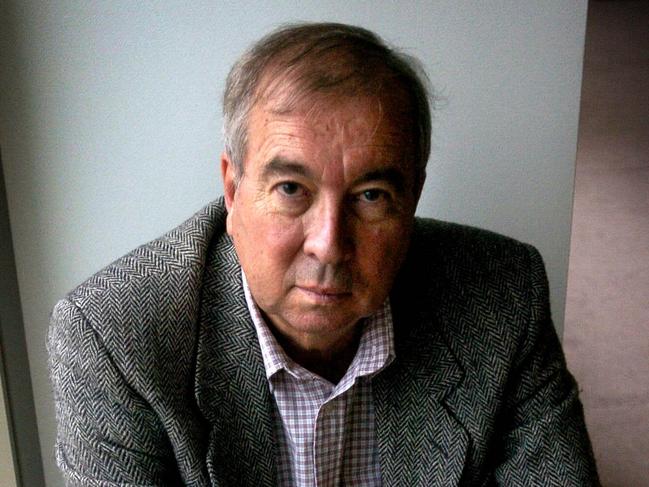
Professor Clive Williams, who is the director of the Terrorism Research Centre in Canberra, said it was those who weren’t on the radar who posed the greatest risk.
“I think it (deradicalisation) works for some people. But of course, the problem is people who aren’t on the radar and who are self-indoctrinated,” he said.
“So that makes it difficult to know how effective these kinds of programs are. And on a global scale, I mean, obviously we have recruiters around the world who will be accessing youths who feel isolated and have characteristics, either religiously motivated or not.”
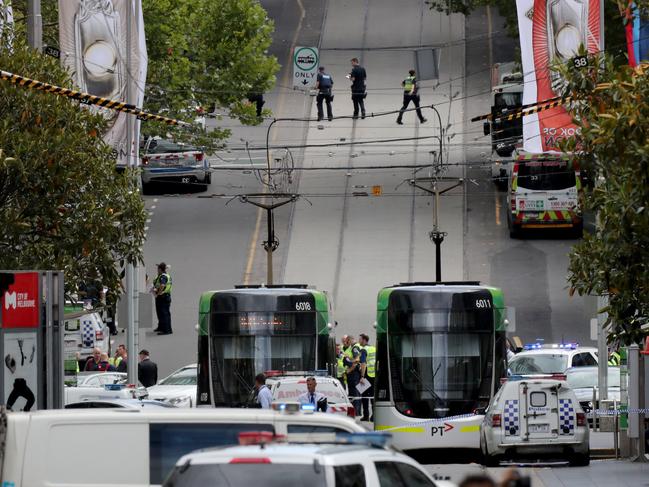
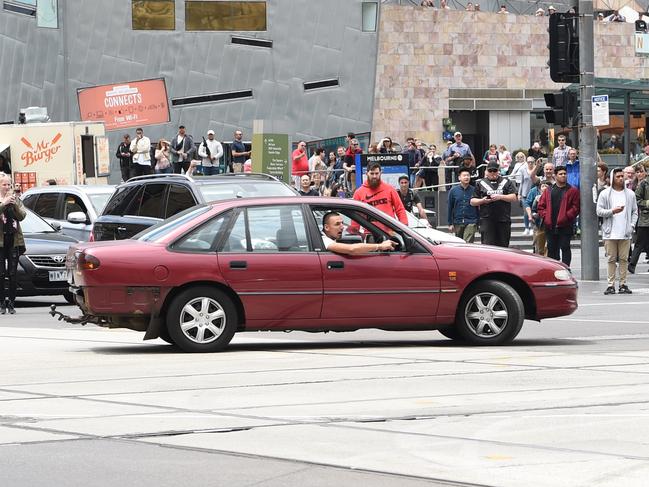
The 2017 vehicle attacks in Melbourne, although not considered by authorities to be terrorism, were an example of our vulnerability, Prof Williams said.
Exacerbating this was the accessibility of high-powered, heavy, electric vehicles.
Prof Williams said EVs, used in the Las Vegas and New Orleans attacks on New Year’s Day, demonstrated their appeal to extremists.
“I think we’re well aware of the problem of vehicles, and we’re also very well aware of the problems that the bigger the vehicle, the more likely it is to cause more casualties …” Prof Williams said.
“Anything with a high level of kinetic energy is going to be a problem.
“But what I think the new problem that people haven’t really addressed yet is the problem posed by EVs, because they are heavier generally, and they are also much, much quicker on acceleration.”



